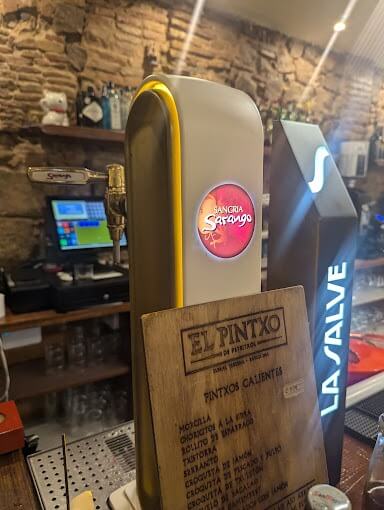
Restaurant menu design is not just writing food items. It’s a potent tool that affects your decision-making and elevates your meal experience. Restaurant menu design psychology helps you understand how subtle design choices influence what you order.
Restaurant menu design psychology is the art of using design elements to persuade and influence diners’ decisions. Diners use the colors, layouts, fonts and descriptions restaurants carefully select to create a pleasant experience and guide customer choices.
The colors have a direct relationship with emotions and the appetite. Warm colors are usually associated with coziness and happiness. This pairs well with the authentic cuisine and results in a wonderful meal.
Restaurants do the same with your eyes, crafting menus deliberately between dishes in a certain way. Strategic layout techniques emphasize the most loved dishes.
Pricing strategies are a key aspect of restaurant menu design psychology.
The power of Words can make food sound tastier. In food writing, descriptive language is used to create vivid imagery that makes the dish more appetizing.
It really matters how it is presented visually. Legible fonts and well-proportioned graphics make for a welcoming experience.
Here are some practical tips if you’re making a restaurant menu:
The psychology of restaurant menu design can greatly improve your dining experience. Every ponder, from the colours selected to pricing strategies, impacts your perception.
Indulge in a tasteful dining experience and relish Afro-Spanish cuisine. Explore El Pintxo de Petritxol and have an unforgettable gastronomic experience. Reserve your table now!
Fill the form to register yourself and get 10 off coupon on your email